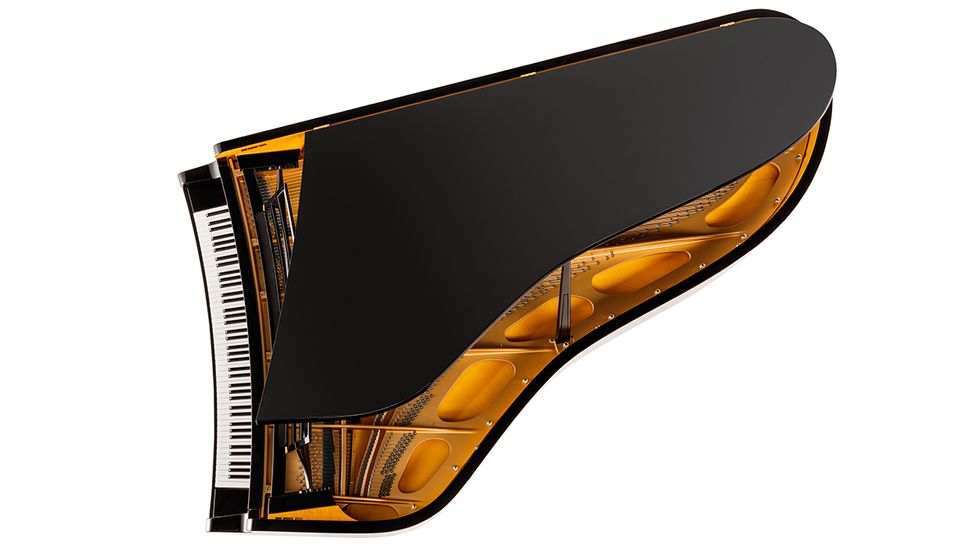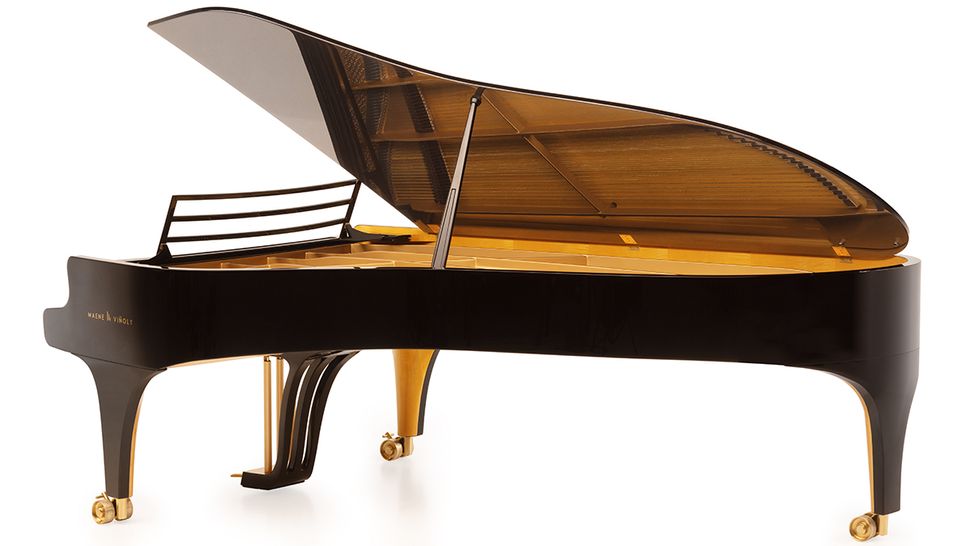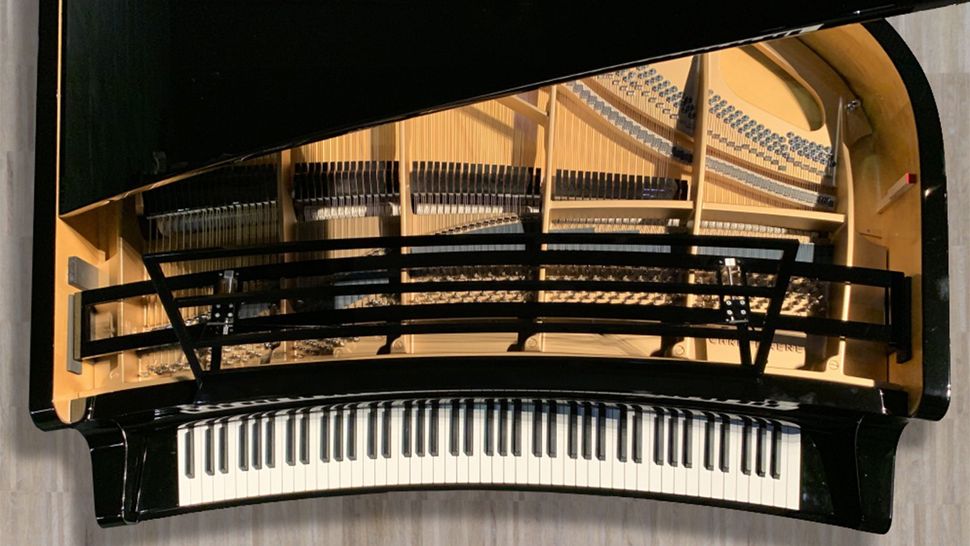Has keyboard development turned a corner or gone round the bend?
Join us for our traditional look back at the news and features that floated your boat this year. This story was originally published in November.
Best of 2023: Cast your mind back a few years and you may recall a time when TV manufacturers were telling us that curved displays were the next big thing. Obviously, it didn’t last long – see also: ‘3D TVs’ – but for a short time it felt like, if your TV wasn’t bendy, you were off the technological pace.
Whether the evolution of curved pianos will follow a similar trajectory remains to be seen, but the audience at Manhattan’s Carnegie Hall got a taste of what the future could look and sound like last night when a curved piano was used for a recital.
The instrument is a collaboration between piano maker Chris Maene and the late architect Rafael Viñoly, who died earlier this year. The New York Times reports that the idea stemmed from a conversation that Viñoly had with two pianist friends, who were expressing their frustration at how challenging a standard 88-note keyboard can be to play.
This triggered a brainwave in Viñoly, his son Roman told the NYT: “He thought up this idea that it could be ergonomic. And if it was, the far reaches of the keyboard – the high end and the low end – could be brought closer to the pianist and relieve the physical contortions that are required on a regular piano.”
This led Viñoly senior to Maene, who agreed to help build the piano that he had in mind. This required a complete rethink of not only the keyboard, but also the action, the strings and the soundboard, which ended up being 30% larger than the one in a standard grand piano.




In fact, although it’s the curved keyboard that you notice first – Maene says that this “matches the natural sweep of a pianist’s arms rotating from the shoulders and facilitates effortless playing across all registers” – the most notable difference between this and a standard grand piano is said to be its sound.

